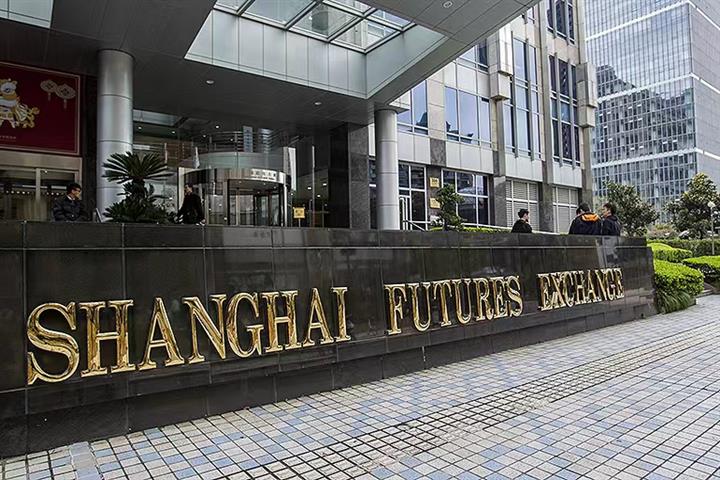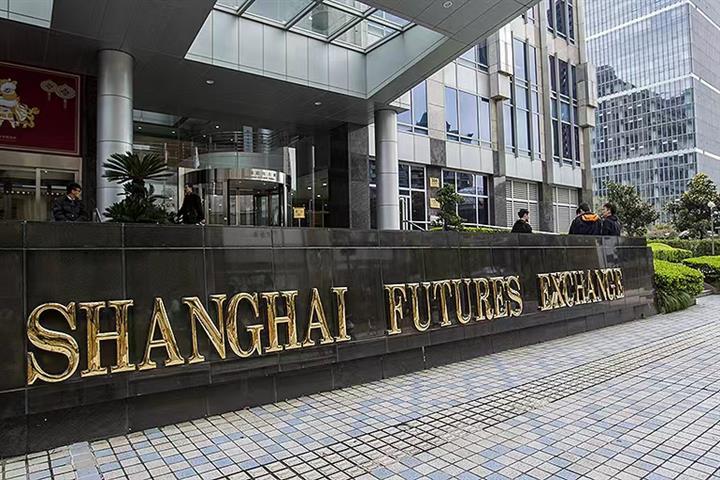
China has been further opening its financial market, gradually covering its stock market, bond market and the commodities market. In recent years, the overseas investors are increasingly participating in this market.
It is worth noting that in recent years, the internationalization of the domestic futures market has accelerated significantly with the introduction of specified domestic futures products.
The Shanghai International Energy Exchange (INE), a wholly-owned subsidary of the Shanghai Futures Exchange (SHFE), has five international futures and option products, including crude oil, TSR 20, low sulfur fuel oil, the bonded copper futures and crude oil options, accounting for more than half of nine such products on the Chinese mainland.
“Connecting the strictly-regulated Chinese market with overseas markets is quite challenging,” according to Shi Chenghu, founder of Bands Financial.
“The exchange has made a lot of efforts, and specific futures market contracts provide a channel for overseas investors to participate in the Chinese market,” he told Yicai Global in an interview.
As an overseas broker, Bands Financial has also become a bridge for many overseas customers to access the Chinese futures market.
Recently, INE has selected 16 overseas brokerage firms for making outstanding contribution to the development of its market. BANDS Financial Limited won the award for Overseas Special Brokerage Participant with Outstanding Market Contribution
Rising Proportion of Overseas Participants in Domestic Futures Market
Currently, 20 futures and six option contracts are traded on the SHFE. The futures are copper, aluminum, zinc, lead, nickel, tin, gold, silver, rebar, wire, hot rolled coil, crude oil, fuel oil, bitumen, natural rubber, woodpulp, TSR20, stainless steel, low sulfur fuel oil and bonded copper. The options are copper, natural rubber, gold, aluminum, zinc and crude oil.
As China’s first futures product opened to the overseas market, the Shanghai crude oil futures have been operating for four years since its listing, with the proportion of overseas participants continuing to increase. According to public data, overseas clients’ trading volume only accounted for 10 percent to 15 percent of the total in 2018. The proportion almost increased to 25 percent between January and August last year.
Shanghai crude oil futures’ trading volume tallied 158 million lots, or 158 billion barrels, with a turnover of CNY66.97 trillion as of the end of March this year. In the first quarter, its daily trading volume averaged 230,800 lots, or 230.8 million barrels, with average daily open interest of 71,500 contracts. It is now the third largest crude oil futures in the world, only next to WTI and Brent.
The futures’ participants cover domestic and overseas oil companies, multinational trading enterprises, investment banks, funds and asset managers and other benchmark firms. Overseas clients are from over 20 countries and regions in six continents of Asia, Africa, Europe, North America, South America and Oceania.
The steady increase in market size and deeper participation of institutional and overseas investors have enabled the Shanghai crude oil futures to more effectively reflect the features of regional market supply and demand apart from the global supply and demand.
“Both product pool and mechanism have been set up and are continuously improving,” Bands Financials’ Shi said. “But whether some products can attract more overseas participants needs certain opportunity. The oil price turmoil in March and April 2020 was possibly just such an opportunity.”
International oil prices fell sharply and rapidly in March and April 2020, with both WTI and Brent crude futures suffering a maximum intraday drop of over 30 percent on March 9, Shi pointed out.
At the time, WTI futures astonished the market with below-zero prices, and Brent crude futures slumped to about USD19 per barrel. In comparison, the Shanghai crude oil futures price remained at about CNY210 (USD31).
“As the world’s biggest crude oil consumer, China managed to stabilize global oil prices, and the SC price became an anchor for global oil prices, especially in Northeast Asia.”
In the past four years since their listing, Shanghai crude oil futures has gradually become an effective tool for firms engaged in crude oil production and operation in China and surrounding areas to hedge against price risks.
For example, transporting crude oil bought in the Middle East to China takes about 20 days, during which potential price changes pose larger risks to buyers as falling prices will affect sales profit. Based on the effective and timely response of Shanghai crude oil futures to domestic and Asia-Pacific supply and demand, relevant oil companies at home and abroad actively used the futures to offset price risks.
Alignment with International Standards, Adding More International Contracts
The Chinese futures market is now in its adolescence, which suggests huge space and potential to align with international standards.
The INE has already formed a product pool of a certain scale for overseas investors with five futures and option products, and the good liquidity has attracted many overseas enterprises and institutions.
The stock index futures had a daily trading volume of 300,000 contracts but large domestic institutions like fund companies and insurers haven’t fully joined in, with participation of foreign capital also very limited. Treasury bond futures, with a trading volume of merely 100,000, meanwhile, have not yet been opened to foreign capital. These products have great potential for future development.
The internationalization of the financial market is based on the extensive participation of overseas clients, the active registration of overseas brands, and the recognition of overseas regulators. The INE’s overseas customers come from more than 20 countries and regions on six continents and the 75 Overseas Intermediaries that have registered with the INE involve 10 countries and regions.
Also, INE’s deliverables come from all over the world, and the registered commodities of TSR 20 involve products from 37 plants of 25 companies in four countries, namely China, Thailand, Malaysia and Indonesia, widely accepted by both domestic and overseas market.
The SHFE has completed regulatory registration in China’s Hong Kong and Singapore and has been included in the positive list of ESMA in its assessment of third-country trading venues for the purpose of post-trade transparency and position limits. This has provided confidence for the participation of overseas investors in related countries and regions.
In the future, enriching the international product pool is also crucial as this will stimulate the interest of more overseas investors to participate.
For example, the SHFE will accelerate the listing of shipping index futures, promote the internationalization of gold futures and other mature products, launch the low sulfur fuel oil monthly average settlement price futures contracts and develop new contracts of naphtha, refined oil, natural gas etc.
Moreover, China is steadily promoting the introduction of qualified foreign institutional investors (QFII) and RMB qualified foreign institutional investors (RQFII) to participate in commodity futures and options trading. Last October, the China Securities Regulatory Commission announced that QFIIs are allowed to trade in commodity futures and options and stock index options contracts available on futures trading venues approved by the State Council or CSRC.
This seemingly simple announcement was essentially a booster to accelerate the integration of the Chinese market with the overseas market and further attract foreign capital inflows.
Allowing participation in specified futures or options provides a convenient trading channel for overseas investors. Shi said that the nine options and futures that allow overseas participation on the mainland are yuan-denominated, and overseas investors can use the yuan or the US dollar as a margin, with write-off of profit, loss and delivery settlement in US dollar directly permitted. They can also remit profits abroad.
In general, the basic mechanism of RMB settlement for commodities is already in place, and it is now necessary to further expand the product pool and bring in more overseas industrial and institutional clients to participate in the Chinese futures markets in the future, he stated. (Source: Yicai Global)




 A single purchase
A single purchase









